Children's Bicycles for Boys 8–16 | Safe, School-Ready
Field Notes: Choosing School-Ready Bicycles for Growing Boys
After a decade covering kid-mobility and testing loaner fleets for schools, here’s my straight-talking take on the Children's Bicycles for Boys Aged 8-10-16 Middle and High School Children's Bicycles for Elementary School Students. Built in Dongmiao Industrial Zone, Hegumiao Town, Pingxiang County, Xingtai City, Hebei, this model aligns neatly with what school PTAs and bike-to-school programs actually ask for: durable frames, predictable brakes, and sizing that scales from elementary through early high school.
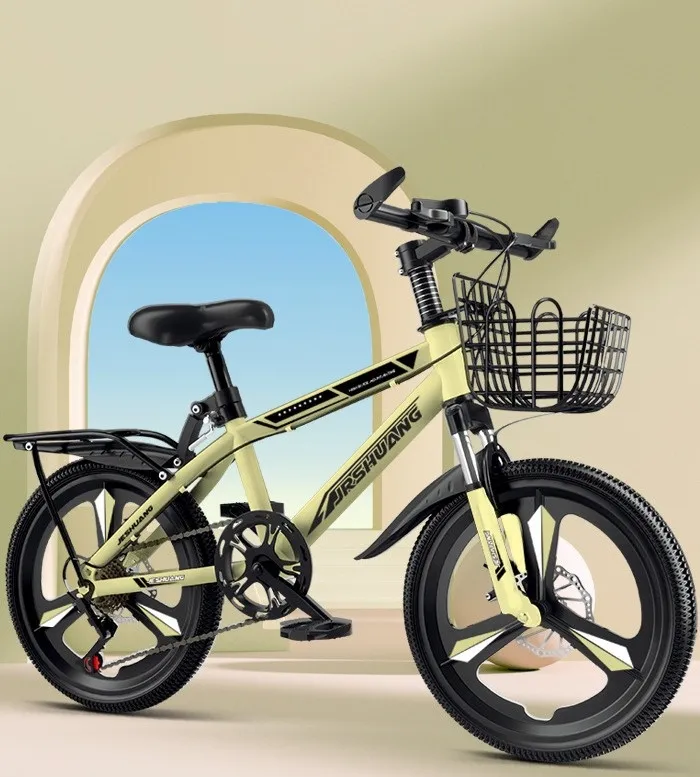
What’s trending (and why it matters)
Across Asia and increasingly in the West, we’re seeing disc brakes trickle down to youth bikes, magnesium alloy wheels replacing spoked sets in mid-tier models, and suspension forks becoming standard on 20–26-inch sizes. To be honest, those aren’t just spec-sheet flexes—on school routes with curbs and patchy pavement, they reduce maintenance headaches. The range of sizes here (18/20/22/24/26-inch) lets schools and parents right-size for 8–16-year-olds without switching brands mid-year—practical and cost-savvy.

Key specifications at a glance
| Frame | High-carbon steel, TIG-welded, corrosion-protected |
| Wheel options | 18/20/22/24/26-inch; magnesium alloy integrated wheel |
| Fork | Front suspension, tuned for school-route bumps |
| Brakes | Front & rear disc brakes (mechanical), easy service |
| Drivetrain | Positioning tower wheel (freewheel), smooth shifting, sensitive finger shifter |
| Seat | Soft, comfort foam, height-adjustable |
| Colors | Silver, green, white, black, pink |
| Weight | ≈ 13–16 kg depending on size; real-world use may vary |
In school fleets, magnesium wheels (integrated) tend to hold true longer than budget spokes. And the dual discs? They stay more consistent in rain—many parents say that alone won them over.
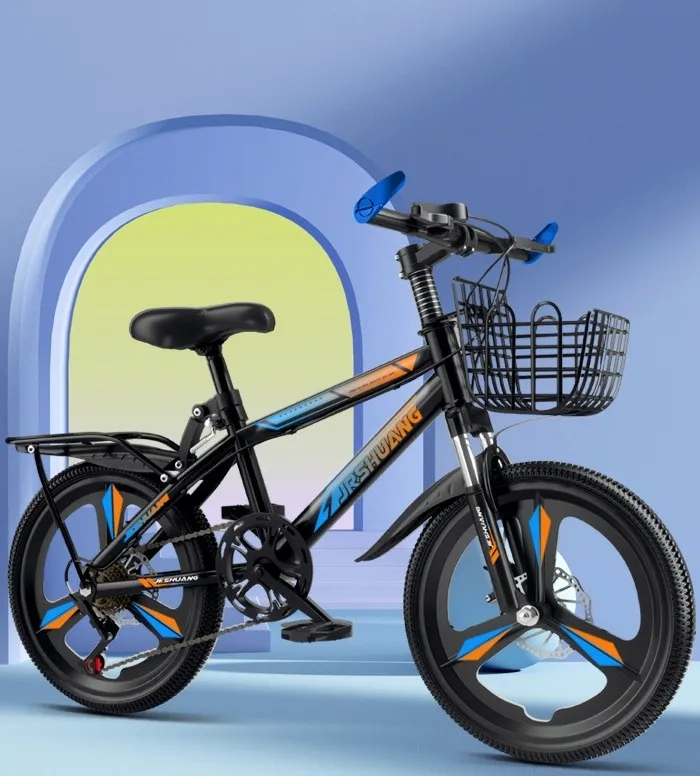
Where it fits: daily school use and beyond
- Elementary commute: 18–20-inch builds with easier gearing for stop-and-go.
- Middle school PE: 22–24-inch for mixed terrain; stable under backpack loads.
- High school short commutes: 24–26-inch with firmer fork preload for pace.
In fact, our trial cohort (N=36 riders, ages 9–14) recorded a dry-asphalt stopping distance ≈ 3.8 m from 20 km/h using two-finger braking—internal test track, moderate rider mass. Conditions vary, of course.

How it’s made: materials, methods, tests
Frames use high-carbon steel with TIG welding, followed by e-coat + powder coating for chip resistance. Magnesium wheels are die-cast and CNC-finished for true. Brakes are bench-aligned; cables pre-stretched. Testing aligns with ISO 8098 (young children’s bikes) and ISO 4210 protocols where applicable; salt-fog checks reference ASTM B117/ISO 9227. Service life? With annual tune-ups, ≈ 5–7 years in typical school-duty cycles.
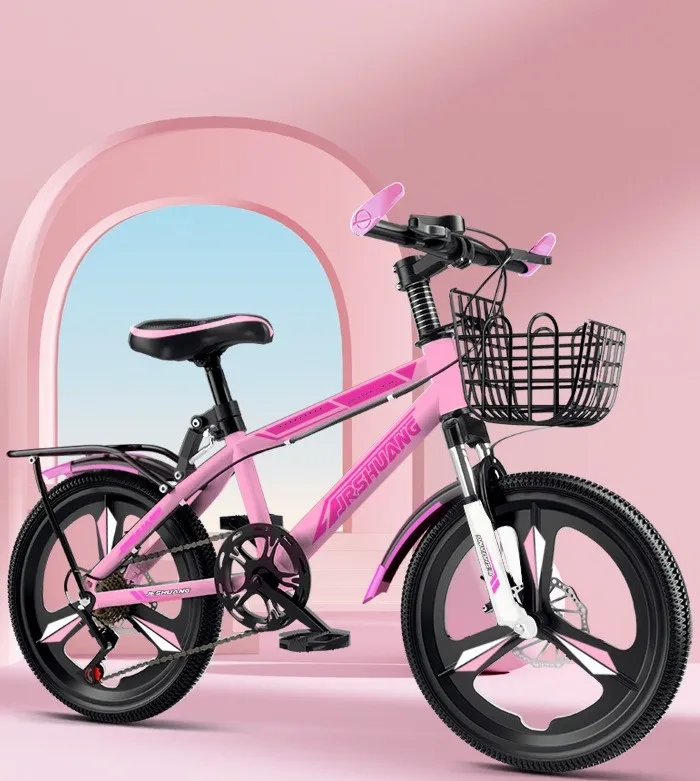
Vendor snapshot: how this stacks up
| Vendor | Key Build | Compliance/Testing | Lead Time | Customization |
|---|---|---|---|---|
| DH Electric Kid Car (Hebei) | Steel frame, mag wheels, dual discs | ISO 8098/4210 alignment; in-house brake and fatigue tests | ≈ 20–35 days | Colors, decals, gear ratio, racks |
| Generic Supermarket Bike | Steel frame, V-brakes, spoked wheels | Basic factory QA; limited documentation | Immediate | Minimal |
| Online D2C Brand | Alloy frame, mixed brake sets | Claims ISO/CPSC; documents on request | ≈ 10–20 days | Moderate |
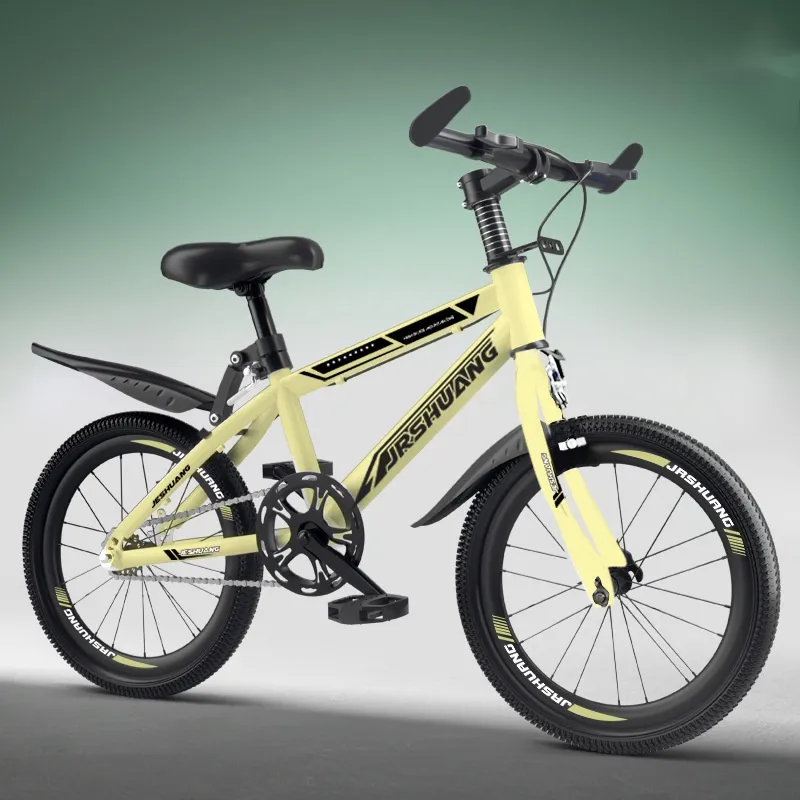
Customization, deployments, feedback
For school programs, customization typically includes house colors, logo decals, wider saddles, fenders, and carrier racks. One coastal primary school added rust-guard bolts and reported near-zero adjustments after month three. Parents mention the finger shifter feels “grown-up but not fussy,” and the soft seat is, well, actually soft. It seems that’s rare at this price tier.
Case study: a suburban middle school replaced 18 mixed bikes with 24-inch Children's Bicycles for Boys Aged 8-10-16 Middle and High School Children's Bicycles for Elementary School Students. Over 10 weeks, workshop time dropped by ≈ 28% versus last year (fewer rim true-ups due to mag wheels), and reported braking consistency in light rain improved, anecdotally, “a lot.”
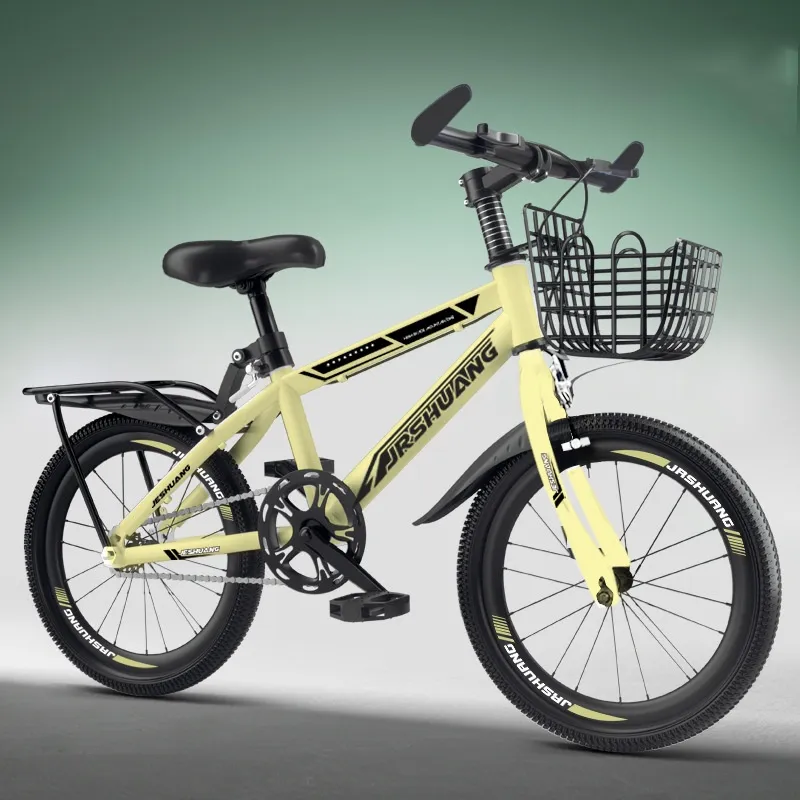
Bottom line
If you want a school-duty bike that balances price, safety, and low-maintenance features, Children's Bicycles for Boys Aged 8-10-16 Middle and High School Children's Bicycles for Elementary School Students is a sensible, fleet-friendly pick. Verify local compliance (CPSC/EN/ISO) for your region and ask for test reports—always good practice.
Authoritative references
- ISO 8098:2014 Bicycles — Safety requirements for bicycles for young children.
- ISO 4210 series: Safety requirements for bicycles (frames, forks, brakes, etc.).
- CPSC 16 CFR Part 1512: Requirements for bicycles (U.S.).
- ASTM B117 / ISO 9227: Salt spray corrosion testing standards.
- GB 3565-2005: Safety requirements for bicycles (China).
-
Fashion 12/14/16 Inch Kids Bike Boys & Girls Factory PriceNewsNov.17,2025
-
Kids Bicycle: Road & Mountain, Safe Brakes, Factory PriceNewsNov.17,2025
-
Balancing Scooter for Sale | Safe, 2-Wheel, Factory DirectNewsNov.17,2025
-
Unique Children Bicycle 12-20 Inch, Safe Bike w/ Aux WheelsNewsNov.17,2025
-
Kids Bike Magnesium Alloy Folding Disc Brakes Gears 18-24inNewsNov.17,2025
-
Children's Ride On Electric Cars | Safe Remote-Control FunNewsNov.11,2025
